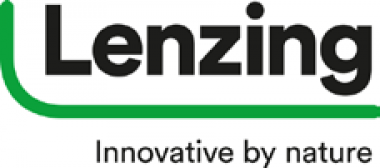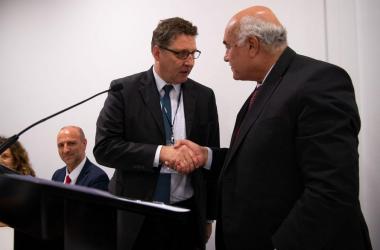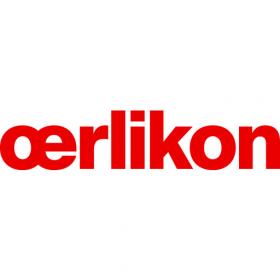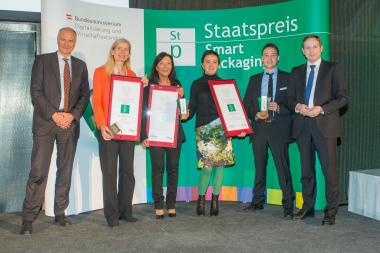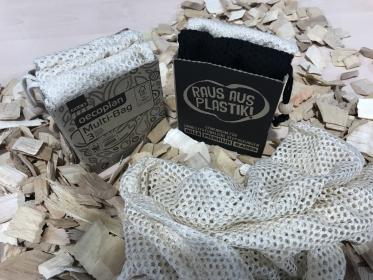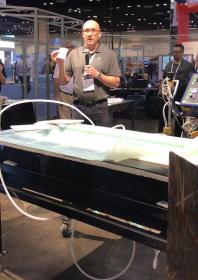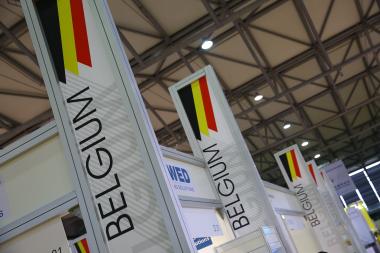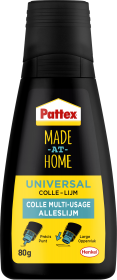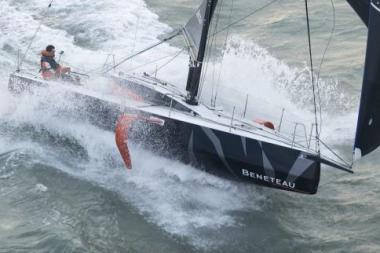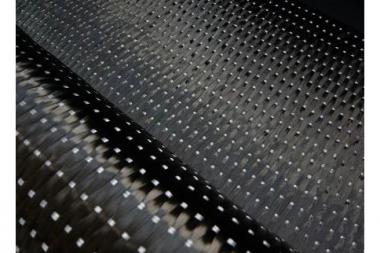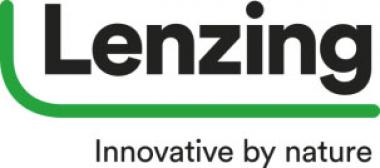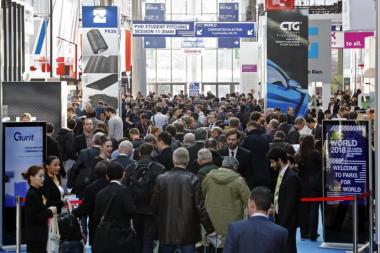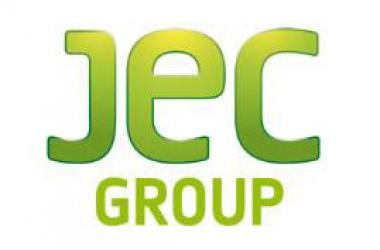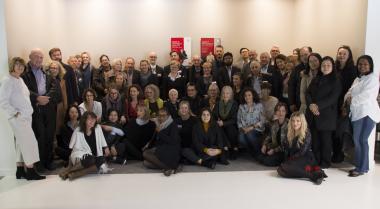Tape inserts offer big potential for injection molding parts
Market and technology analysis confirms big potential for tape inserts in the injection molding process. Following the finalization of a major consortial project led by the Aachen Center for Integrative Lightweight Production (AZL) and the Institute for Plastics Processing at RWTH Aachen University (IKV), the result is clear: tape inserts offer enormous potential for injection molding parts. For suitable components, product costs and component properties can be positively influenced.
In cooperation with 20 industrial partners, the two renowned Aachen research institutes AZL and IKV carried out a detailed analysis of tape inserts in injection molded components over a period of eight months. The tapes, which are a few tenths of a millimeter thick, are continuous fibers, typically made of glass or carbon, completely impregnated and embedded in a thermoplastic matrix. The tapes can be precisely aligned to the loads in a component and are used primarily in high-performance applications with the aim of weight reduction. The aim of the conducted analysis was the identification of potential applications and the estimation of a wider range of applications.
The project was divided into several phases: Phase I was used to identify the current status. In 20 interviews with representative companies of the injection molding industry, the researchers gathered why tape inserts have rarely been taken into account so far, when defining the material concepts to be analyzed. The lack of information about the material class, the procedure and tools for the development process and the necessary production technologies were cited as major challenges. This is where the consortium will take action and provide comprehensive information during the “Technology Information Day” on the extensively prepared state of the art and the high degree of maturity of the supply chain. Based on the status quo, they developed a methodology for analyzing the technological and economic potential of tape inserts in injection molding applications.
Both the previous results and the planned follow-up projects are the subject of the “Technology Information Day" at K 2019, to which the companies involved in the study, the AZL and IKV, invite all companies along the value chain, from raw material manufacturers to injection molders to OEMs. (Date: 18th October 2019, 10:00 am to 1:30 pm, Trade Fair Düsseldorf CCD South, Room 002).
The consortium, amongst others consisting of Asahi Kasei Europe GmbH, BASF SE, Borealis AG, BÜFA Thermoplastic Composites GmbH & Co. KG, ENGEL AUSTRIA GmbH, Huesker Synthetic GmbH, LG Hausys R&D Center, Mitsui Chemicals, Nippon Electric Glass, Polyscope Polymers BV, POLYTEC GROUP, Simcon kunststofftechnische Software GmbH, SABIC and Toray International Europe GmbH, is inviting to the “Technology Information Day” at K 2019. The goal is to inform about the technology and to identify topics for future collaboration.
AZL Aachen GmbH







